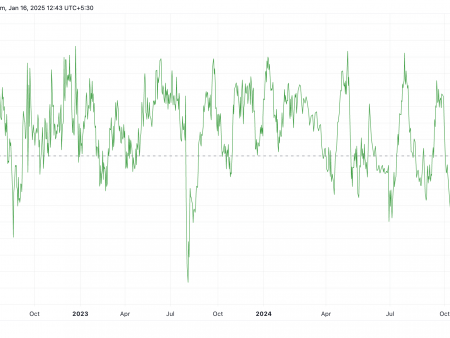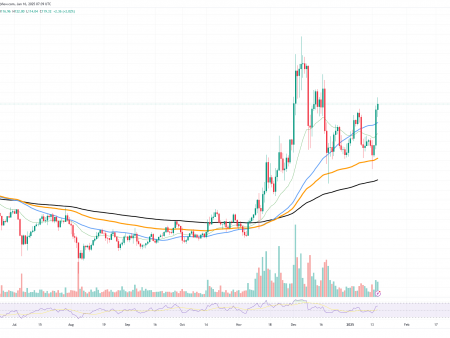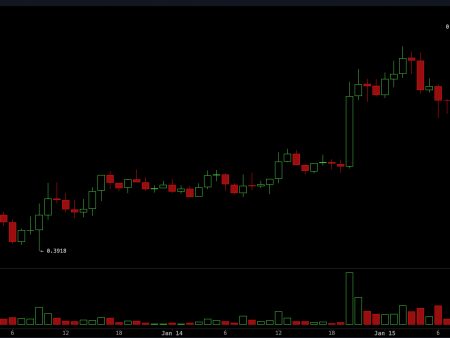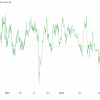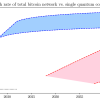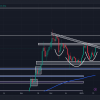
The exit of Bitcoin (BTC) from exchanges continues amid the growing popularity of spot ETFs in the US. Meanwhile, the BRC-20 euphoria lost steam in mid-March 2024.
The exit of Bitcoin (BTC) from exchanges continues amid the growing popularity of spot ETFs in the US. Meanwhile, the BRC-20 euphoria lost steam in mid-March 2024.
Bitcoin (BTC) Fees Lost 33%: Key Reason
Bitcoin (BTC), the largest blockchain network, sees its aggregate transaction fees plummet 33.1% in recent days. This estimate was shared by blockchain data analysis platform IntoTheBlock in its latest weekly report. Newsletter.
Bitcoin (BTC) fees saw a significant drop due to declining activity for BRC-20 or Bitcoin Ordinals tokens. Compared to NFTs on programmable blockchains, these extremely profitable tokens contributed to a surge in BTC fees in Q3 2023.
Meanwhile, $700 million in BTC was withdrawn from CEXs as spot ETFs in the US continue to set records. As of March 16, 2024, they have accumulated over $12 billion in liquidity from institutional investors.
Fees for Ethereum (ETH), the second-largest blockchain, hit a yearly high for the second week in a row, with exchange Uniswap (UNI) leading the way in terms of gas consumption.
However, the outflow of ETH from exchanges, which is an important indicator of bullish sentiment, lags behind that of the Bitcoin (BTC) network.
Crypto Correction Coming: IntoTheBlock Indicators
Additionally, analysts shared a series of very alarming signs for Bitcoin (BTC) and altcoin holders. Markets could overheat as funding rates on derivatives exchanges rise to multi-month highs.
Funding rates on Binance and Bybit reached levels of 0.06% and 0.09%, respectively. APY rates of stablecoin-based investment products also increased, also indicating that the markets are overheated.
DeFi lending dynamics send similar messages: Aave Finance (AAVE) increased its debt ratio by 114% last year.
